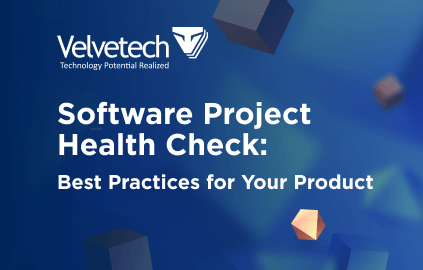It’s a recurring situation when software under production needs to be transitioned between two development teams. Typically, there are always some forms of motivation for this change.
This handing over can be due to business and technical reasons such as underperformance, slow pace in advancing the project, or some other motive.
Different parts of the software product might call for various types of experts, hence the need for different teams.
This could result in outsourcing parts of a project, building an MVP or PoC with your software development partner, code maintenance, upscaling, upgrading, or simply some fine-tuning.
Would it be right if we were to ignore such an important discussion while knowing fully well that be it now or in the future, there might be the need for a software project to make a transition? Of course not. That’s why we are going to take a look at the best approach to a smooth project sail in today’s piece.
5 Key Reasons for Changing a Software Development Team

Irrespective of the frequency of transitional occurrences, the biggest question is “The Why Factor”. After all, it is very important to define exactly why there is a need for transition.
It’s still a dilemma for product owners with no tech knowledge to envisage the most needed requirements to place on the next team. This can cause a lot of delays, and in return, spark annoyance, put pressure on those involved in the project, and cause possible loss of interest.
Asking why will shed light on the major reason for the transition and the best way to go about it. This will determine what the expectations of the project owner will be, what size the new team will be, and what pitfalls to avoid.
So, here are some of the most common reasons for changing a software development company:
- Underperformance. Sometimes your expectations won’t be met once you start working with a specific vendor. Or, perhaps, issues arise halfway through the project, and you realize your development partner can’t deliver what was agreed upon. In that situation, it might be worth switching to a new software vendor.
- Trust issues. If your vendor isn’t being honest with you and hiding mistakes they’ve made or charging you unexpected fees, it might be time to consider changing the software development company you’re working with. After all, distrust and lack of open communication can completely halt your project.
- Your project is not a priority. Once the negotiations are over and the contract is signed, inexperienced vendors might stop prioritizing your project and focus on new client acquisition again. So, if you notice that deadlines keep getting pushed, there’s poor coordination and a messy workflow, it might be time to change your software development partner.
- The need to micromanage. You hire an outside development team because you either lack in-house capabilities or don’t want to spend too much time working on a new solution. Of course, your involvement is necessary, but when you see that the hired team only performs well when you’re micromanaging them — there’s a problem.
- Contract termination. If your custom software development vendor has notified you that they want to terminate your contract prematurely, you might have no choice but to look for a new partner.
Main Steps to Follow When Changing a Software Development Vendor
Now that we’ve identified why you might have to switch vendors for your next software project, it’s time to discuss the key things you’ll need to keep in mind to prepare for the transition and ensure it goes smoothly.
Thoroughly Plan the Transition
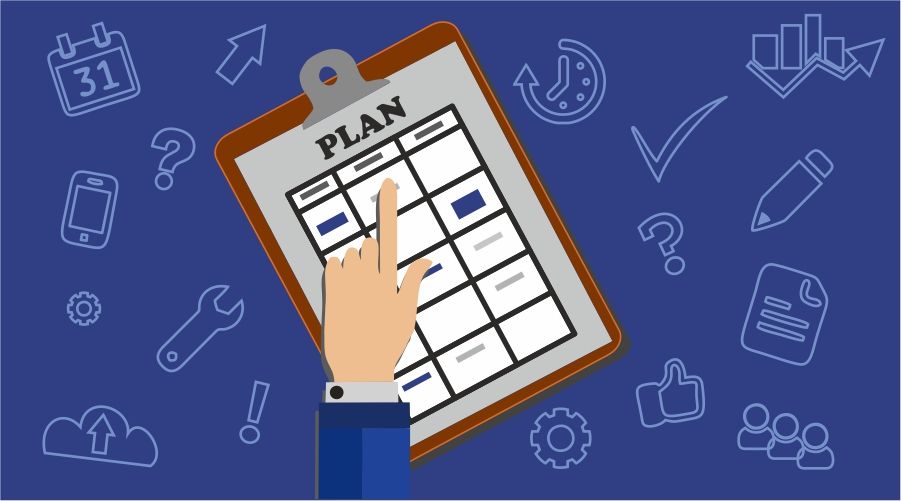
After defining why there is a need for a transition, the first thing you need is some proper planning. At this stage, a highlight of the following is important to kick-start the transition process.
Set the Goals:
A list of what to expect partially and whole, what exactly will be done and how, be it debugging, upscaling, maintenance, or integrating different parts of the project.
Elaborate on the Roadmap:
Here it is important to define the stages of production and the general scope of tasks. Address the backlog, ongoing support, prioritization, and visions of features to be developed.
Define the Team:
It all starts with an open agenda, yet it all depends on the type of project. For a typical one, you need a team of a project manager, business analyst, QA engineer, senior developer, and an architect. You will also need DevOps for staging and development. Of course, self-dedication is a must, as well as active decision-making by the project owner.
Business Analysis in IT
Explore the best business analysis practices and techniques to bridge the gap between a project vision and IT execution.
Take Time to Know Your Product
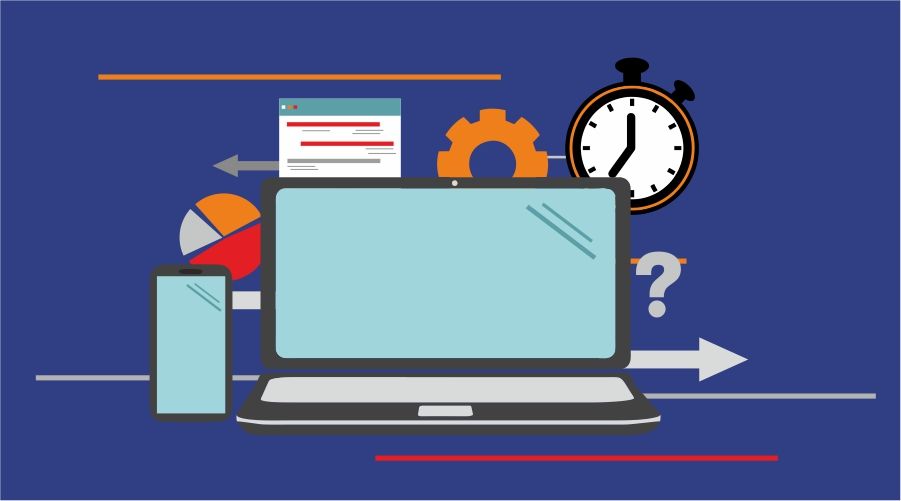
As a product owner, you should be well-informed about the basic technologies involved. You owe yourself the duty of some know-how even if you are not a tech-savvy person. You should understand how your application works.
Here is a general list of things that you should be able to talk about even if you just got out of bed:
Software Development Methodology
There are several of them, and the top three are Agile, Scrum, and Kanban. Whatever choice was made to be used in your project, you must know its relativity to the production process and how beneficial it is.
Your Project Tech Stack
Even if you have an idea, understanding the technology stack of a project is a big deal. Out of all the common and usual frameworks for the back-end and front-end, you should know which ones are used for your project.
Find out How to Choose the Right Tech Stack for Your Project
Getting familiar with the strengths and weaknesses of your tech stack, you will have a better idea of how the app works and how it will behave in the future. This knowledge can significantly ease your hiring process, facilitate communications with your dev team, and allow you to be on the same page with them while resolving the issues.
Incorporated Third-Party Services
You must be able to tell if your application is built on some third-party services which are common these days. In some cases, you might even need more than one third-party solution depending on how large the project is.
Platforms Your Solution Targets
Information on the platforms your application can run on must be at your fingertips. You should know if it’s a mobile or web application, desktop solution, or just a responsive website; if it runs on a single or multiple platforms.
You must be aware of the strengths and weaknesses of each platform. Focus on the one with the most priority based on your targets. As for mobile apps, it is even more important to differentiate if it’s a cross-platform app, a native iOS solution, or a native Android tool.
Discover how we developed a Web Platform and Medical Apps for iOS and Android
Server Choice
Cloud technology is the in-thing when it comes to hosting these days. However, both the new and the orthodox web hosts have different deployment methods, and experience is key in this case. You must know what host you use and what serving purpose drove your choice.
Details of the Development Process
Information about your source control management tool is paramount. If you use Git, for example, you should know the process for developing, testing, approving, and deploying new features. Everything must follow standard requirements.
Project Health Check
Learn the actionable steps to keep your software project on the right track, aligned with your initial goals and designated priorities.
Ensure That You Own the Code

So, once you got to know your solution inside out, it’s time to make sure you own the code. You see, code ownership is not only about legal rights but also about maintaining control, flexibility, and even continuity of your project. And here, there are several things to consider:
Legal Agreements
We recommend reviewing the contractual terms with your current partner to ensure maximum transparency on intellectual property rights. If needed, you can consult legal experts to better understand the implications of the existing agreement and facilitate a smooth software project handover in terms of codebase ownership.
Version Control and Repository Access
If you partnered with a software development vendor to build a custom solution, then you also need to confirm that you have access to the version control system and code repositories. You don’t want to find yourself in a situation where you have limited permission to manage the repository. On top of that, verify that you possess the latest and complete version of the codebase, including all branches and relevant documentation.
Licenses and Dependencies
At this step, it’s important to check what licensing agreements of third-party libraries and dependencies are used in your solution. If necessary, you have to obtain all the rights to use and modify any components. It’s a good idea to make a list of all external dependencies to avoid future complications and even replace those that are tightly integrated with your current vendor infrastructure.
Escrow Arrangements
As an alternative option to ensure you have all the necessary documents and resources to safely switch a vendor, consider the option of escrow agreements. To put it simply, it’s a contract where a third party holds a copy of the source code and related documentation. This way, in the event of unforeseen circumstances or disputes, you will have access to the codebase and associated assets.
Put Up Detailed Documentation
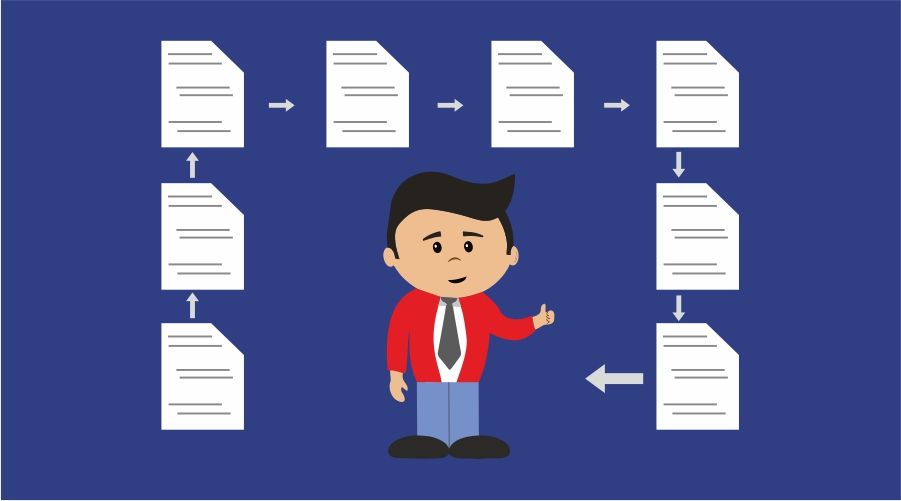
For the love of impressing their client, most freelancers and independent software programmers start to work on existing codes almost right away. They do this even without an intense review of the code.
Well-detailed documentation is a principal factor for a speedy transition process. It provides insights, helps avoid lapses, and smoothes out the whole process.
So, what are the characteristics of good documentation worthy of a smooth transition? What attributes should we consider and look out for? In essence, good software documentation should address the following:
Setting up a Development Environment
The first thing to do on a project for any new team member is to make sure the application is up and running on their computers. This process can be different depending on the technologies.
Usually, the source code is needed for this as well as installed dependencies, database, importation of sample data, setting up API keys and other credentials. Programmers know about this process and usually fit with the details respectively.
Running an Automated Test Suit
Executing the app tests shows that the application has been set up properly and any further changes will not affect the old features.
Deploying to the Staging and Production Servers
The staging server is the final step leading to the deployment of an application to a production server. With this, developers can test their code to know if the application will run with other codes. It is important to highlight the step-by-step process with utmost detail. This highlight should include updates of live applications, recent changes, and the order of operation.
Additional Details for New Team Members
Documenting debugged issues by the previous team will help new coming team members save time on recurring issues and know how to deal with them.
The documentation process should be handled by a programmer who is well-experienced in setting up the application and has significantly contributed to the codebase. The benchmark for any detailed documentation on a project is how fast any programmer can utilize it to set up a running application based on the development environment.
There are cases where a programmer might not have the required writing skills. In this case, they can record screencasts to show the setup of the development environment, deployment, and so on. Tools like Docker and Vagrant can be handy for configuring repeatable development environments.
Take Control over Access Management
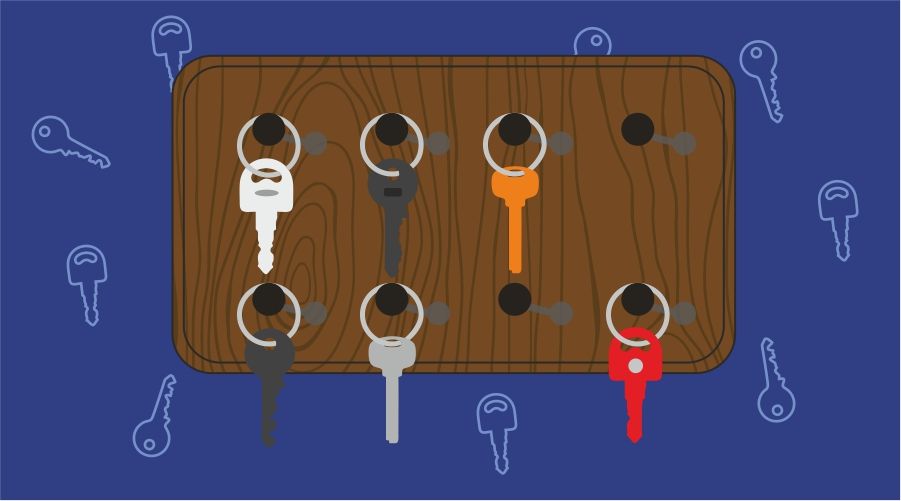
Responsibility and Ownership
We’ve already talked about ownership, but it’s a very sensitive part, so let’s focus on it once more. While you are signing the development contract with any team, make sure that the contract empowers you by protection to ensure an easy transition in case you need to change teams.
There is a long list of third-party services and tools used in various projects, there is hardly any project that is exempt from this.
Some teams on behalf of project owners sign up for accounts to use needed services or tools. In some cases, they use their own accounts. The functionality of your application depends on these tools and services. Hence a project owner must take control and ownership.
Previous teams should be instructed to state applicable third-party tools and services and transfer ownership. Another alternative is to create new user accounts for you to replace theirs. In this case, you need to switch the configuration settings for your application.
Giving Access
There is a need for you to ensure easy access and flow of communication between the outgoing and incoming teams. It can be managed either directly or through you during the transition phase or as the need arises.
You also have to hand over all the access to the different tools and services used in your application to the new developers. You might be skeptical about giving access to third-party tools and services. This is because you could be placed out of the knowledge of certain things, making the subsequent transition hard.
To be on the safe side, you can activate a collaborator account or partial level of access. Most project owners, especially individuals, usually give full access. It’s common, but the choice is still yours.
Welcome Your New Development Team
There is a model of items that assists project owners in preparing for a change of development teams as we can see so far. After reviewing all the project details and having a grasp on all the different services and technologies that go into making the product, it becomes easy to bring a new team on board.
“What do I do if I am only partially replacing a team?” you may ask yourself.
There is a possibility that you might want to retain some of the key players from the old team. However, this is not a guarantee that they will hold all the key information for a smooth transition. They can be responsible for some form of continuity and vital information transfer between the teams, but the project owner should be the main facilitator of the transition.
As a project owner, you must avoid any friction between the old and new teams, coordinate the tasks, avoid time lag in resolving tasks, and some other issues.
Even though some of the old team members will not be changed, they may be redundant in the transition process. However, they could still share some experience and can be a good reference call for some quick consultations. Either way, don’t bother them with anything you can do yourself.
Handing Over “The Transition State”
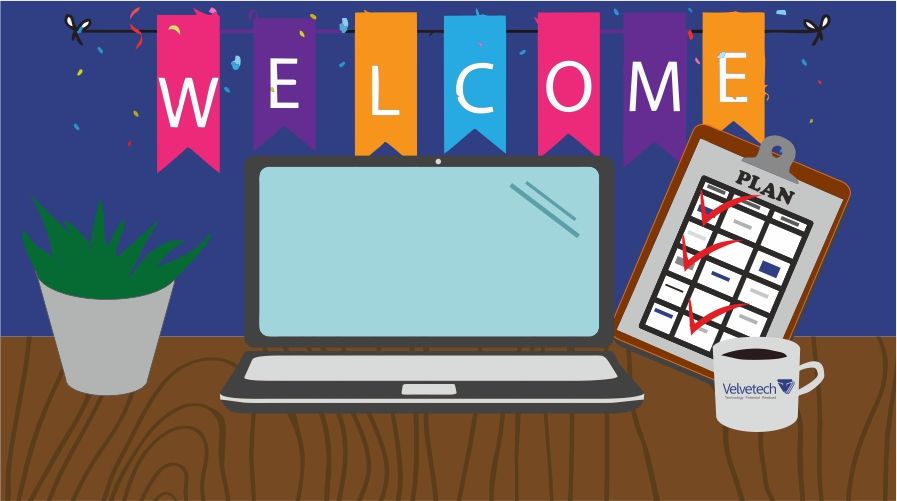
Having considered all that we have mentioned and discussed above, you need to coordinate the final transition from the old team to the new one. Hence, you might want to consider the following:
- All source codes must be in a main repository. Knowledge of the current state of the code and what has been deployed is essential. It will help you avoid duplicate work, bugs, and other bottlenecks. A list of defects and bugs should be handy.
- Be civil and diplomatic with the old team and avoid confrontation. Try to part on good terms and keep communications and easy access as you might need to consult or clarify some things even after the transition. Thank them for their work and expertise, and also settle all outstanding payments.
- Set targets and goals for the new team so they know your expectations and be on the same page with you, assumptions can be a fatal error in this case.
- Make sure you give the new team some time for project investigation, code review, and testing. Don’t expect them to write a new code immediately. This short onboarding will help to avoid many pitfalls in the future.
- Manage the new developers with patience. Great applications are not built overnight. Be generous with the needs of the project including positive emotions and support while avoiding mounting unnecessary pressure.
Expanding a Team
Watch our webinar to unveil the tricks of onboarding a tech partner and incorporating it into the process to foster your product delivery.
Project Handover Challenges to Mind
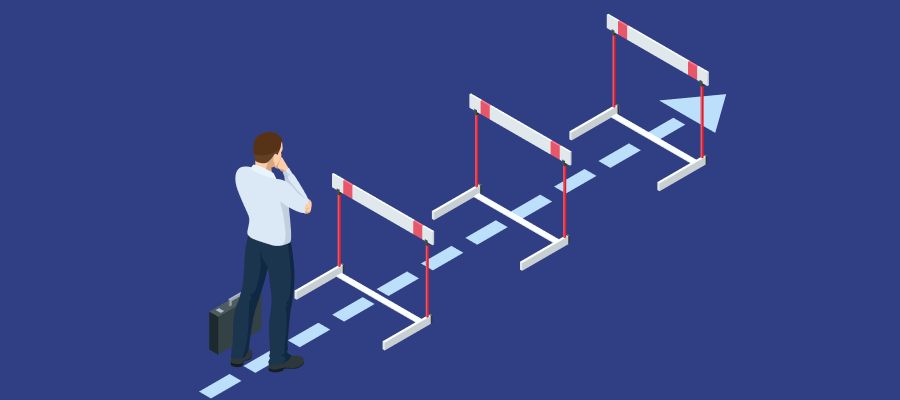
By now, you should already have a clear idea of what to expect when changing your partner. So, it shouldn’t be hard to build a solid plan with a line of action for a successful transition. However, during the process, you may face some issues or challenges. And that’s absolutely normal since our life, work included, is filled with risks, and nothing is perfect.
To help you mitigate the potential risks and anticipate challenges, let’s briefly summarize what can go wrong:
- Knowledge transfer from the outgoing to the incoming development team can have some gaps.
- Miscommunication can arise and lead to misunderstandings about project requirements, priorities, or deadlines.
- Team integration is another moment to pay attention to — differences in coding styles, development processes, and communication norms.
- The previous point may impact the code quality, where the new development team may encounter challenges in understanding the existing codebase, potentially leading to unintended modifications or introducing bugs.
- While handovers often occur within tight timelines, your new team may face the pressure to deliver, rush processes, and overlook details.
- Lastly, legal and contractual aspects, such as confidentiality agreements and intellectual property rights, can pose challenges, too.
Of course, the list can go on as it’s hard to foresee everything. Yet, with a reliable development team that steps into the game, you’re not alone in figuring out things and can have a helping hand.
Final Key Points for Project Handoff
Avoid anxiety and fear of failure by preparing a proper project transition plan to switch from one vendor to another. Additionally, acquire a very good knowledge of your product, and don’t forget to motivate your new developers to adhere to high standards. Keep it in mind that your intention for a perfect transition is to save time, effort, resources, and finances.
Once again, let’s go over the highlights of what matters most when transitioning a software project:
- There must be a concrete reason for transition or else the purpose might be defeated.
- You must have a project roadmap, know exactly how you want the process to run, and have a clear vision of what the final result should be.
- A general but quite detailed knowledge of your product is essential, such things as tech stack, third-party services, hosts, etc.
- You can’t escape the need for documentation and it would save you a lot of time and effort if it is well-detailed, spanning all the essentials.
- You should have access to all third-party services, hand them over to the new team alongside every other need for the project.
- Request the new team for regular reports and meetings, give them the needed support, adequate time, and maintain good communication.
With adherence to all the considerations made in this article, the transition of any project will be successful with no flaws as long as the incoming team is competent.
An experienced team can significantly ease the transition process and successfully bring the project to completion. At Velvetech, we are always willing to assist you. So, check out our custom software development services and contact us today for a consultation.

